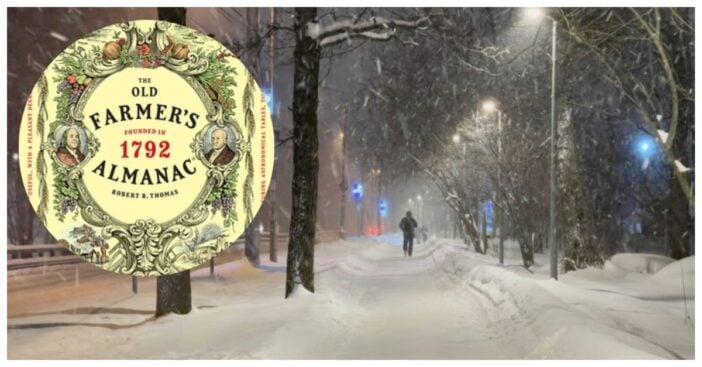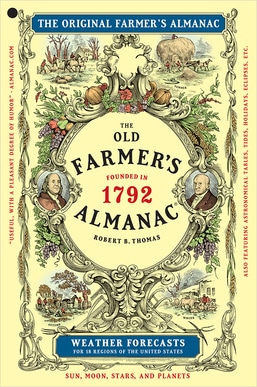
The Farmers’ Almanac winter forecast is once again calling for a season filled with dramatic swings. In its latest extended outlook, the publication predicts “a wild weather ride across the nation” with everything from consistent cold snaps to surprise snowfalls. The editors sum it up in three words: “Chill, Snow, Repeat.”
For generations, readers have turned to the Farmers’ Almanac for long-range seasonal predictions. This year, they expect frigid blasts from the Northern Plains to northern New England in January and February, periodic snowstorms in the Great Lakes and Northeast, and even winter weather in parts of Texas. But while the predictions spark conversation, meteorologists continue to question how much faith to place in a forecast made so far in advance.
Predictions Across the Nation

The 2025-2026 Farmers’ Almanac winter forecast outlines cold snaps stretching from the Pacific Northwest to New England. It also points to wetter-than-average conditions in the South, with freezing precipitation possible in Texas and snow in North Carolina and Tennessee well into March. Editor Sandi Duncan noted that while last year’s extreme cold in some southern areas is unlikely to repeat, wild temperature swings could bring wet snow where rain is more common.

According to The Hill, snow may also reach northern Texas in December and February, adding to the unpredictable mix. The forecast has fueled both excitement and skepticism, with some residents preparing for memorable storms and others recalling years when the winter outlook missed the mark entirely.
Accuracy and Ongoing Debate

The Farmer’s Almanac winter forecast is built using a closely guarded formula involving celestial patterns and past weather data. However, studies show its accuracy hovers around 50 percent for both temperature and precipitation predictions. Experts at NOAA’s Climate Prediction Center maintain that no forecast can reliably predict specific weather events months ahead.

Despite the doubts, the Farmers’ Almanac points to instances where its projections have aligned with actual conditions. In a recent blog post, the editors credited themselves for correctly anticipating some trends last winter, though they admitted La Niña disrupted other parts of the outlook. Duncan emphasized that while no forecast is perfect, the almanac’s predictions remain a planning tool cherished by many.
